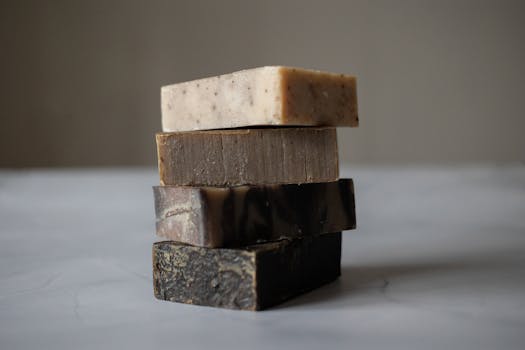Understanding Watch Movements
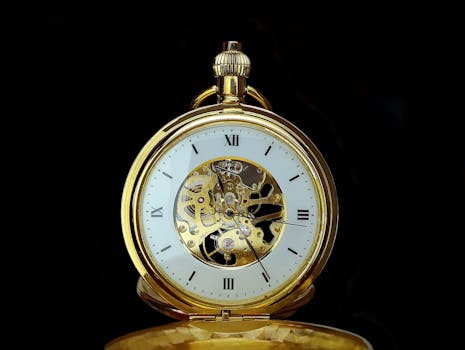
A watch movement, or caliber, is the mechanism inside a watch that keeps it ticking and keeps time. It’s the heart and soul of horology, influencing not only performance but also functionality and user experience. There are three primary types of watch movements: mechanical, automatic, and quartz. Each movement type comes with its unique characteristics, advantages, and histories. Let’s dissect each one to provide a clearer understanding.
Mechanical Watches
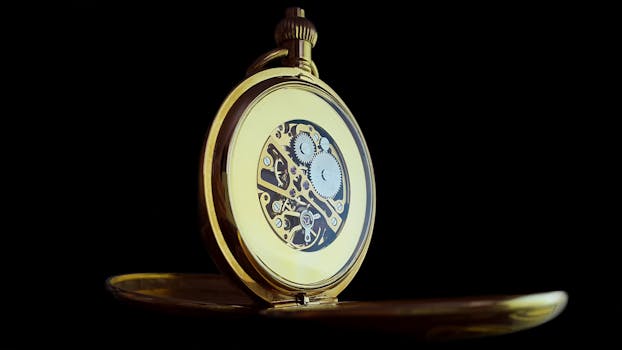
Mechanical watches are among the oldest types of movements. These watches rely on intricate gears and springs instead of electronic parts. To work correctly, they require winding—either manually or automatically, which creates a haven for watch enthusiasts and collectors. The precision and craftsmanship involved in a mechanical movement make it an art form, showcasing superb engineering and horological expertise. A fascinating feature of mechanical watches is their ability to hold a power reserve, meaning that they maintain their movement even when not worn for a period of time, depending on the amount of tension in the mainspring.
Automatic Watches
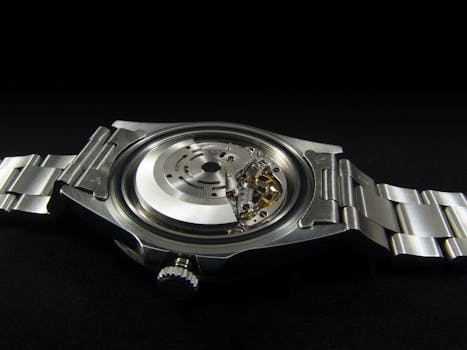
Automatic watches are essentially a subset of mechanical watches. The key differentiation lies in their ability to wind themselves as long as they are worn. Inside these watches is a swinging rotor driven by the motion of the wearer’s wrist. As such, once an automatic watch is wound, there is generally no need for manual winding unless it hasn’t been worn for an extended period. While luxurious and favored by watch aficionados, automatic watches can be less accurate than quartz watches, often with deviations of about 15 seconds per day.
Quartz Watches
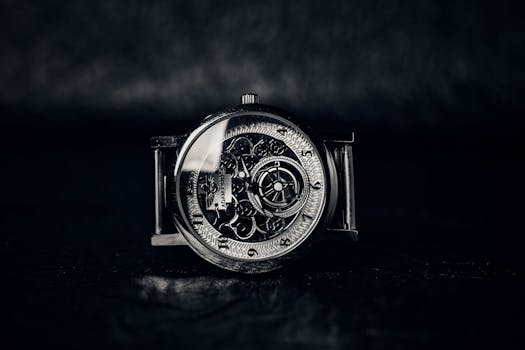
Introduced in the 1970s, quartz watches revolutionized the watch-making industry. Using a quartz crystal for timekeeping, these watches enjoy immense popularity and are known for their exceptional accuracy—often achieving electric precision with deviations of a few seconds per month. Powered by a battery, quartz movements require less maintenance compared to mechanical varieties, drawing widespread use in both everyday and luxury watches. Their manufacturing process is succinct, enabling lower production costs and making them highly attainable alternatives for timepiece lovers everywhere.
Eco-Drive and Specialized Movements
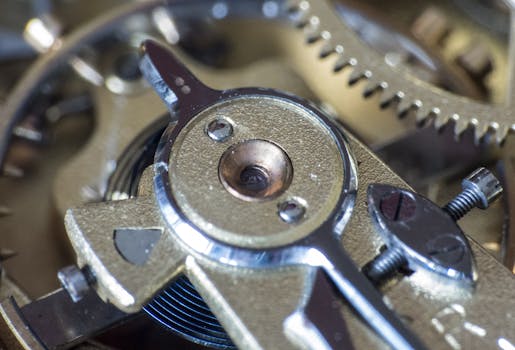
Beyond these basic types, we’ll highlight innovative movement technologies like Citizen’s Eco-Drive, which harnesses any light source to power the watch. It eliminates the need for battery changes and showcases the nexus between classic mechanics and solar technology. There are also dive watches, chronographs, and other specialized varieties tailored for specific activities and uses. Such diversity ensures that watch enthusiasts can own more than one timepiece, each serving a unique purpose.
Conclusion
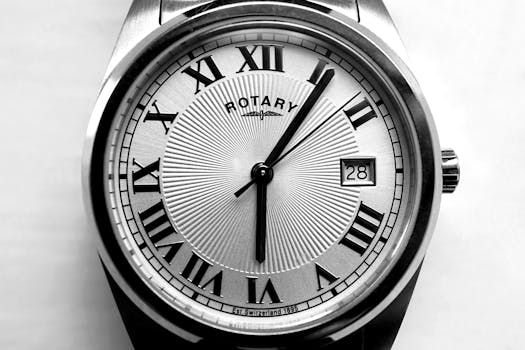
Selecting a watch movement greatly influences both its functioning and your experience as a wearer. Whether you are drawn to the craftsmanship of a mechanical or automatic model, or practically seeking an accurate quartz timepiece, understanding the differences helps inform your decision. There’s something for everyone, and exploring these options opens the door to a greater appreciation for watchmaking art.
Takeaways
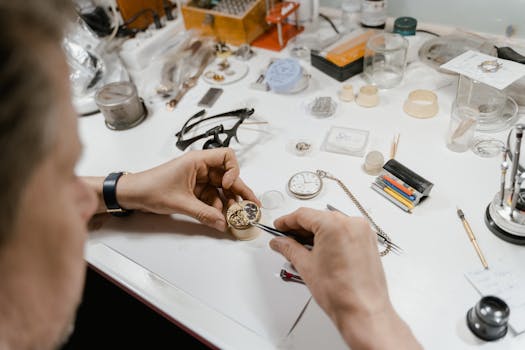
- Understand mechanical, automatic, and quartz watch movements.
- Mechanical movements provide rich craftsmanship but require manual winding.
- Automatic movements self-wind during wear, ideal for enthusiasts.
- Quartz movements promise unmatched accuracy and lower maintenance.


